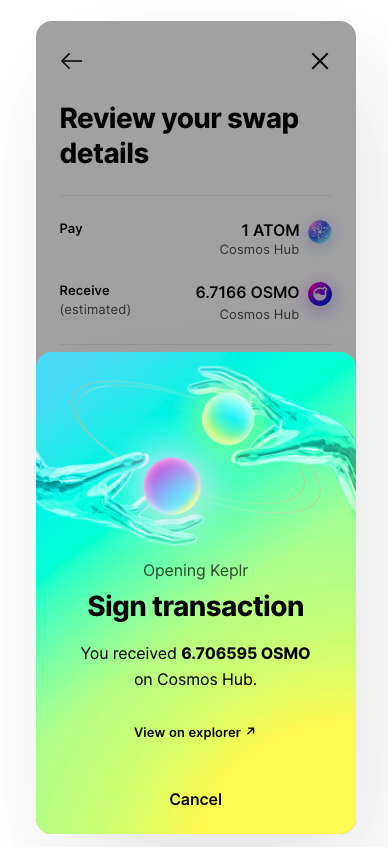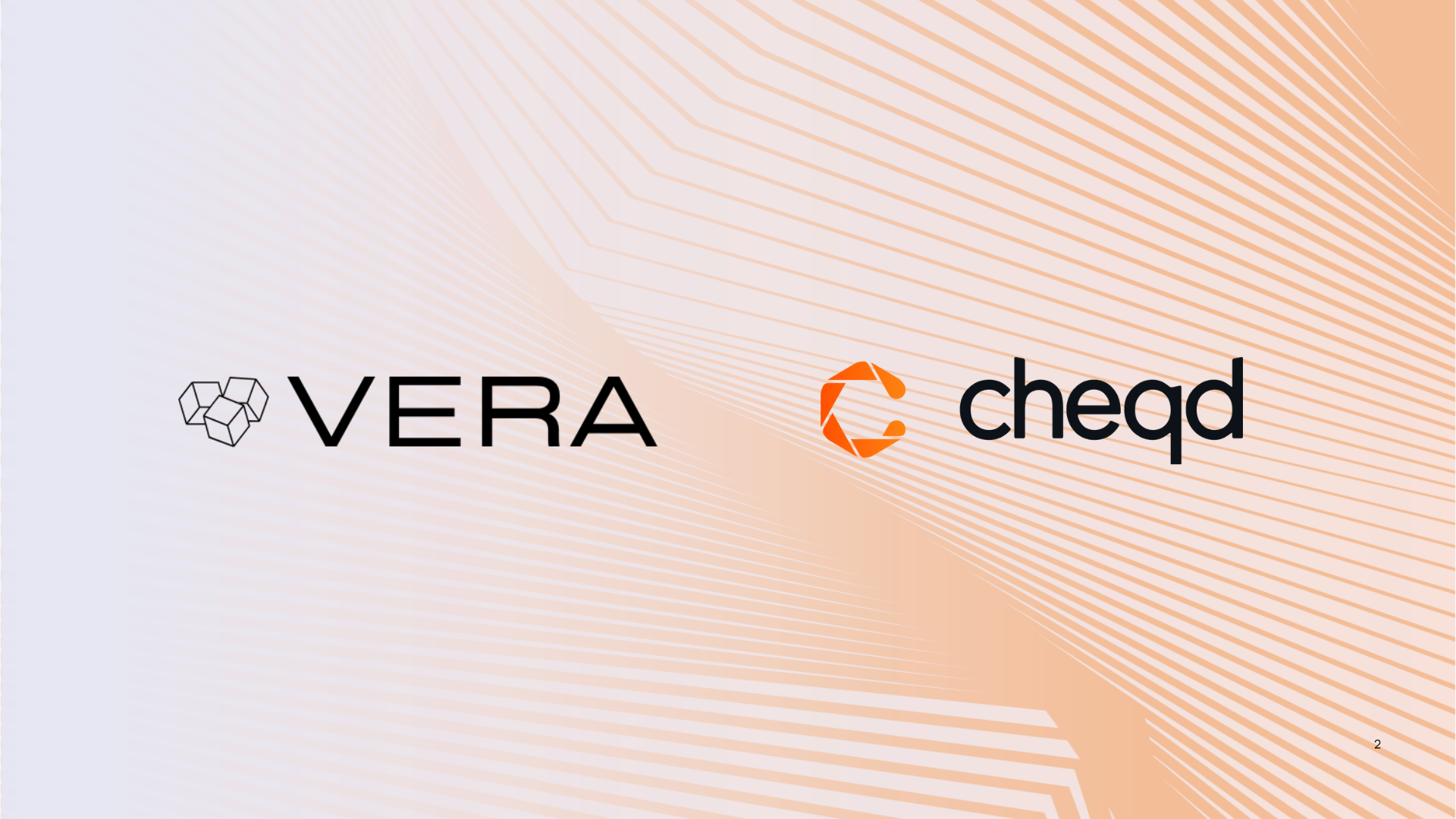Disclaimer: All information provided is intended to help users get set up on cheqd. However, we do not expressly recommend or mandate a certain approach. All actions taken are your personal responsibility.
In the first blog of this launch preparation series, we shared instructions on how to set up your Keplr wallet, which you’ll need when the cheqd network is launched. In this blog, we’ll provide background and insights into Gravity DEX, and how to interact with this through Emeris.
Background to cryptocurrency exchanges
If you’re new to the crypto space, you’ve likely come across a vast array of ‘exchanges’ and have perhaps found yourself a little confused. Before jumping into Decentralised Exchanges, it’s worth a reminder on what cryptocurrency exchanges are.
Cryptocurrency exchanges are platforms that initiate the trading of digital coins, much in the same way that the stock market or equity market facilitates the exchange of stocks or shares, which represent ownership claims on businesses.
Types of exchanges
Cryptocurrency exchanges are generally broken into two types; Centralised Exchanges (CEXs) and Decentralised Exchanges (DEXs). Centralised Exchanges function as trusted intermediaries in trades, often acting as custodians by storing, monitoring transactions and securing assets on your behalf.
Leading exchanges, such as Coinbase, Binance, Bittrex, generally provide the full experience for buying and selling cryptocurrencies, from funding your account with a debit or credit card, right through to trading a wide variety of tokens. As they offer you the opportunity to store your funds within their platform, they hold your private keys and therefore you don’t need your own wallet or have to take precautions to protect your mnemonics. The trade-off for this simpler user experience however is that you are trusting the exchange with your holdings.
Decentralised Exchanges
The alternative to CEXs, Decentralised Exchanges, are more in line with the overall decentralised movement, as the name suggests. These operate without any interference or need for a trusted third party, allowing peer-to-peer (P2P) transactions.
Decentralised Exchanges you may have heard of include Uniswap, PancakeSwap, Tokenlon and Venus. As they work through decentralised mechanisms they offer a number of user benefits when compared to CEXs.
The benefits include major improvements in privacy since they are anonymous (whereas CEXs will require KYC checks), reduced costs to the user as they work on principles of automation and self-regulation, minimised risk of hacking, and overall much great control over your wallets and funds.
For this, and other reasons, we have chosen to launch the CHEQ token, which will power the cheqd network, initially on Gravity DEX.
What is Gravity DEX
Gravity DEX, the Decentralised Exchange built on the Cosmos blockchain, enables permissionless swaps and pools of digital assets between any two blockchains. This means that users can exchange tokens peer-to-peer with ease. It also has hugely reduced costs of trading when compared to DEXs on Ethereum for example. Prior to Gravity DEX, it was difficult to purchase many smaller tokens in the Cosmos ecosystem, other than BNB, ATOM or Luna.
Getting Set Up with Emeris
efore getting set up, ensure you have followed the instructions for setting up a Keplr wallet in the previous blog. Having a Keplr wallet already created and added to your browser is a prerequisite for the next steps. If you’ve already done this then read on

Head to the Emeris app and select ‘Launch app’. You can then connect your Keplr wallet seamlessly by following the on-screen instructions.
Emeris offers users the ability to interact with Gravity DEX through a noncustodial dashboard. Developed by the Tendermint team, Emeris essentially acts as an attractive and interactive frontend to Gravity DEX. Although initially Cosmos centric it will expand far beyond the Cosmos network and eventually be a one-stop portal for all crypto apps — the interface of the Internet of Blockchains — no matter what blockchain they run on. More here.
Once you’ve logged in using your Keplr wallet you’ll be able to trade tokens within the Cosmos ecosystem. In order to purchase CHEQ when the network is launched, you will need to have funds in your Keplr wallet, which you’ll exchange through Emeris — you can see an example of a completed trade from ATOM to OSMO below:

Note: When you go to Emeris or Keplr now you won’t see CHEQ listed as we are not yet live. We will share further instructions on how to add CHEQ to your Keplr wallet at a later date.
Now you have set up your Keplr wallet and integrated it with Gravity DEX you’re all set!
Get ready…
We’re extremely excited as our network launch is coming so very soon! And, we want to make sure that we reward our community. If you haven’t already, join our Telegram group, follow us on Twitter and sign up for a surprise here.






